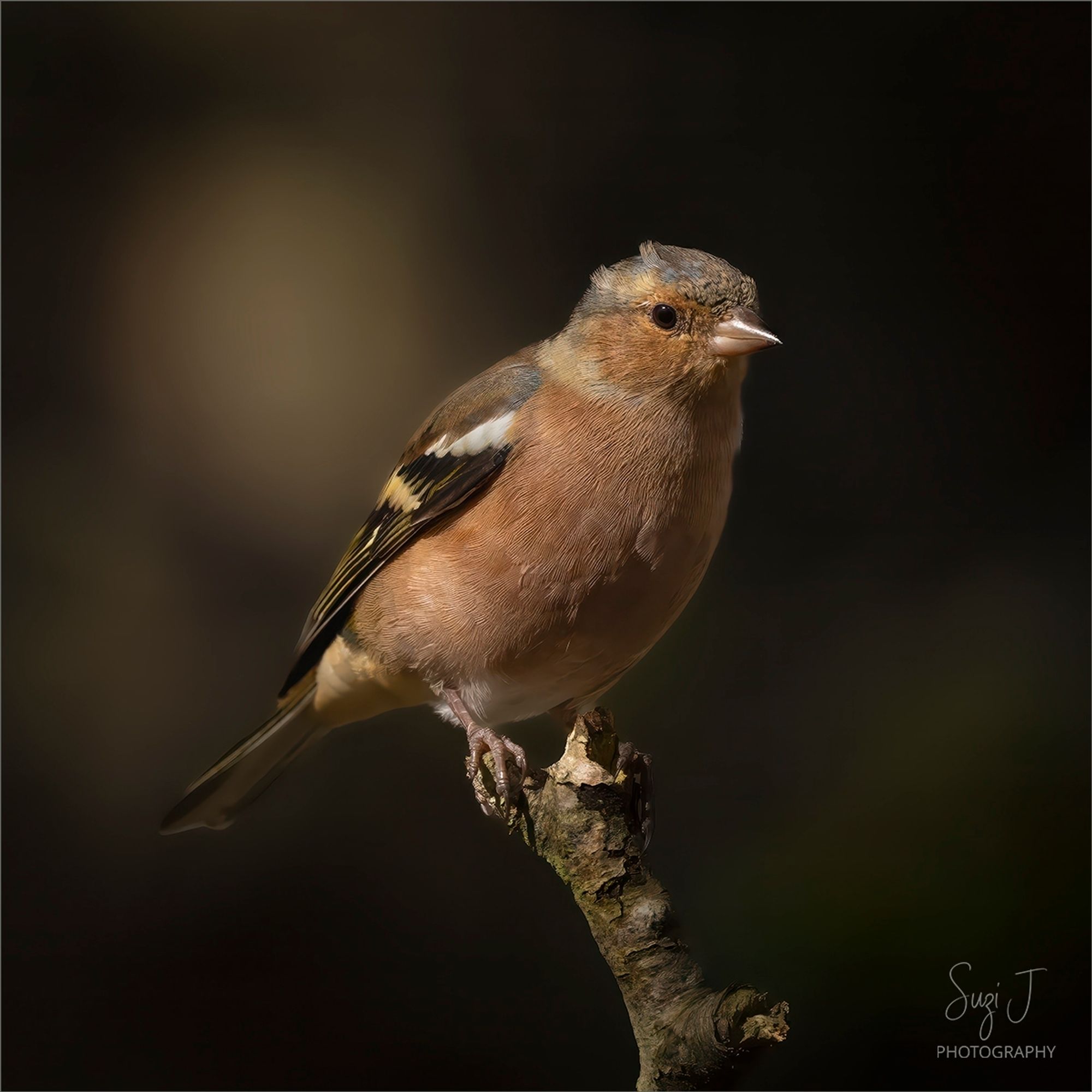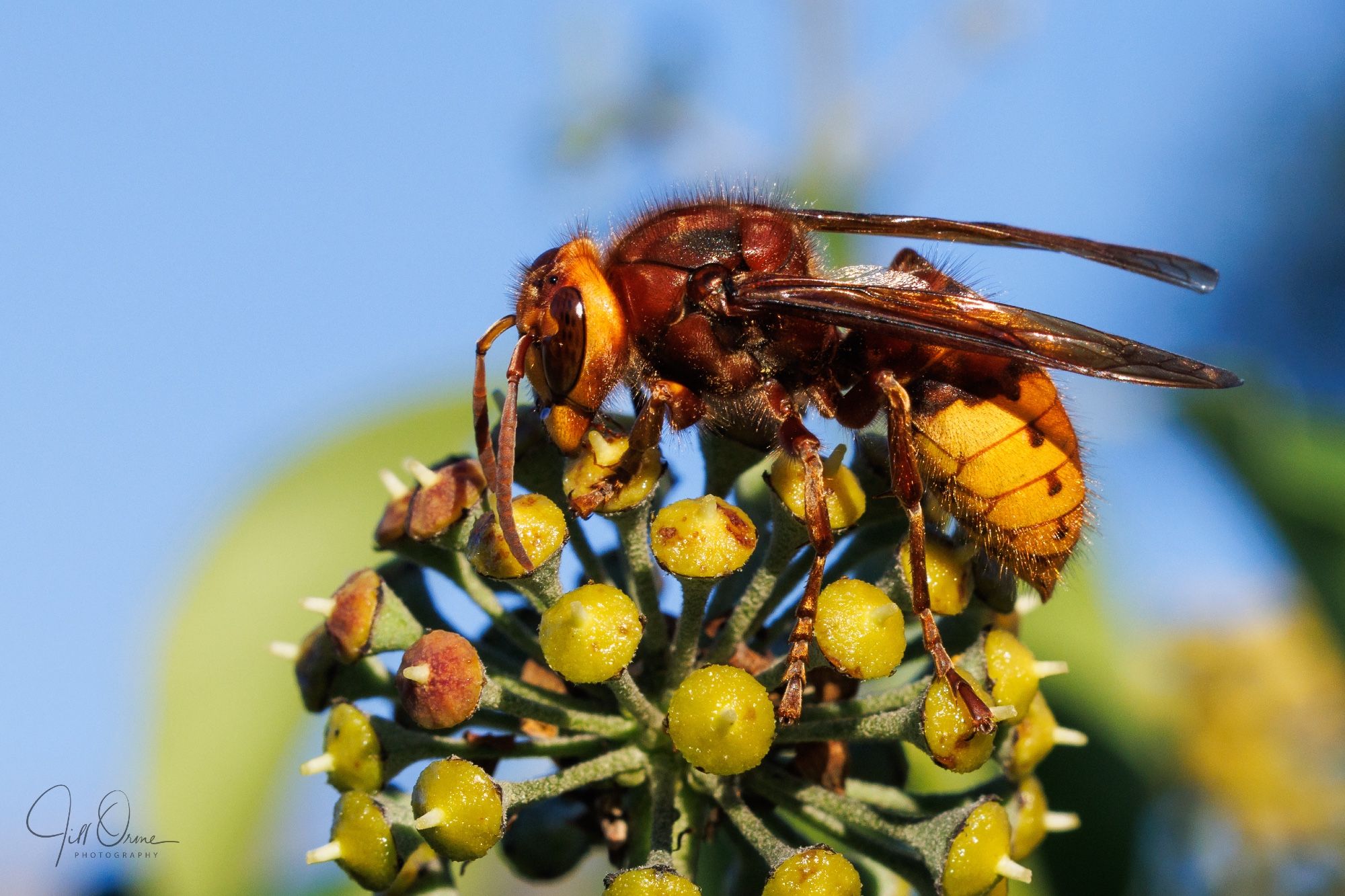Two Phyllonorycter spp. use honeysuckle and the mines are very similar causing the leaf to pucker. Both also use Leycestria formosa and I've reared both from the garden in the past. I found mines on honeysuckle in the garden today that I think are P. trifasciella. #vc55moths#teammoth#ukwildlife
![Phyllonorycter sp. mine on honeysuckle [Lonicera sp.]. The mine causes the leaf to pucker. This mine is quite small so is probably P. trifasciella, larger mines are produced by P. emberizaepenella. Whetstone, Leics. 29/09/2024.](https://cdn.bsky.app/img/feed_fullsize/plain/did:plc:3wzmhvuxlksxeoaqo2es3ebr/bafkreifupqcfphmeyomdhefnp4l34o7d7gfiwnli6mcy2x6wvv2ijeftim@jpeg)
A new Dipteran for my garden: we planted up a couple of honeysuckles in the last two years, one now has numerous mines of Chromatomyia lonicerae. The example here has two mines, both with pupae present buried into the end of the mine with their spiracles protruding. #diptera#gardenlist#ukwildlife
![Leafmines on cultivated honeysuckle [Lonicera sp.] of the fly Chromatomyia lonicerae, with pupae present at the ends of the mines visible as dark spots from above (red arrows). The pupae have their spiracles protruding from the mine with a horn-like process visible. Whetstone, Leics. 29/09/2024.](https://cdn.bsky.app/img/feed_fullsize/plain/did:plc:3wzmhvuxlksxeoaqo2es3ebr/bafkreigagseuchiowvfvvj2sdytdifwkd2bjjtpsl5m3hu5owm5bwkwgk4@jpeg)
A couple of galls found on Beech [Fagus sylvatica]: the felt-like patches of erinea caused by the mite Aceria nervisequa on the blade of the leaf between veins, and the hairy cylindrical growths caused by the midge Hartigiola annulipes. #galls#ukwildlife
![The upper and underside of the same Beech leaf [Fagus sylvatica], showing the patches of erinea caused by the mite Aceria nervisequa. These would be bright pink earlier in development. Swithland Wood, Leics. 28/09/2024.](https://cdn.bsky.app/img/feed_fullsize/plain/did:plc:3wzmhvuxlksxeoaqo2es3ebr/bafkreieb32qh343d5mdtqfgzakf74or3tn5paivquopm4b6fcmzt6dznje@jpeg)
![A gall on Beech [Fagus sylvatica] caused by the midge Hartigiola annulipes. Swithland Wood, Leics. 28/09/2024.](https://cdn.bsky.app/img/feed_fullsize/plain/did:plc:3wzmhvuxlksxeoaqo2es3ebr/bafkreigrcxvkg733wmz3kyybt46eyk65laubjjdjrfjityoetlarfg3cku@jpeg)
A couple of galls caused by mites found on Lime [Tilia sp.] leaves: the galls of Eriophyes exilis are hemispherical and sit in the vein axil positions, creating a distinctive pattern where several are present on the same leaf; and the pointed nail galls of Eriophyes tiliae. #galls#ukwildlife
![The upperside [left] and underside [right] of the same Lime leaf [Tilia sp.] showing the galls caused by the mite Eriophyes exilis sitting in the vein axil positions. Swithland Wood, Leics. 28/09/2024.](https://cdn.bsky.app/img/feed_fullsize/plain/did:plc:3wzmhvuxlksxeoaqo2es3ebr/bafkreiba77oxquz3ktvi4tnmwi5om2eiqnd6wsbukvobfcay4oxznuqq34@jpeg)
![A close view of upperside [left] and underside [right] of the galls casued by the mite Eriophyes exilis sitting in the vein axil positions. Swithland Wood, Leics. 28/09/2024.](https://cdn.bsky.app/img/feed_fullsize/plain/did:plc:3wzmhvuxlksxeoaqo2es3ebr/bafkreid7xesh6mm6ikawebzzv5wyamwxvslcs6vixycmg25tv7zkdquzlm@jpeg)
![Nail galls on a Lime leaf [Tilia sp.] caused by the mite Eriophyes tiliae. Note a few galls of the mite Eriophyes exilis on the same leaf. Swithland Wood, Leics. 28/09/2024.](https://cdn.bsky.app/img/feed_fullsize/plain/did:plc:3wzmhvuxlksxeoaqo2es3ebr/bafkreifrauo5u5tmcrhfjebj754ots4crwuxz3cbas3fuskimrdihkp2yi@jpeg)
Phyllonorycter coryli is often very obvious and abundant on Hazel with multiple mines on many leaves. Phyllonorycter nicelli also likely on the same plant, and there are two Stigmella spp. [the egg position is key to separating them]. Parornix devoniella also likely. #vc55moths#teammoth#ukwildlife

![Two Hazel leaves showing x3 leafmining species: the left leaf shows a blister mine of Phyllonorycter coryli and a gallery mine of Stigmella microtheriella [egg not in vein axil, vs S. floslactella]. The right leaf shows the upperside of a Phyllonorycter nicelli mine. Swithland Wood, Leics. 28/09/2024.](https://cdn.bsky.app/img/feed_fullsize/plain/did:plc:3wzmhvuxlksxeoaqo2es3ebr/bafkreiasgsz5qqzh4njdhrj5tqobduscrjhp4kqoo7snsmwnyquattjpqa@jpeg)

A Hummingbird Hawk-moth out and about in the sunshine. Pensthorpe. #moths#MothsMatter#TeamMoth#ento#UKwildlife

Chaffinch 🥰 (Loch Garten, Scotland 🏴) #nature#wildlife#ukwildlife#wildlifephotography#naturephotography#birdphotography#ukbirding#ukwildlife#ukbirds

A gorgeous female snow leopard linktr.ee/vickyouten#wildlife#ukwildlife#nature#wildlifephotography#naturephotography#photography#snowleopard Thanks for your support!

And splash down #birds#UKbirds#fascinatingnature#UKnature#UKcoastallife#UKwildlife#UKwildlifephotography#CornwallBirds#nature#NaturePhotography#Cornwall




